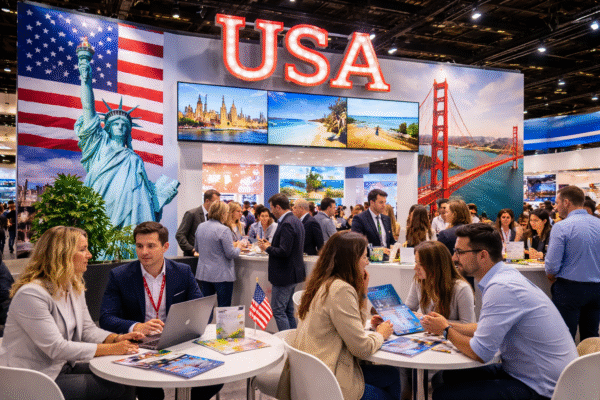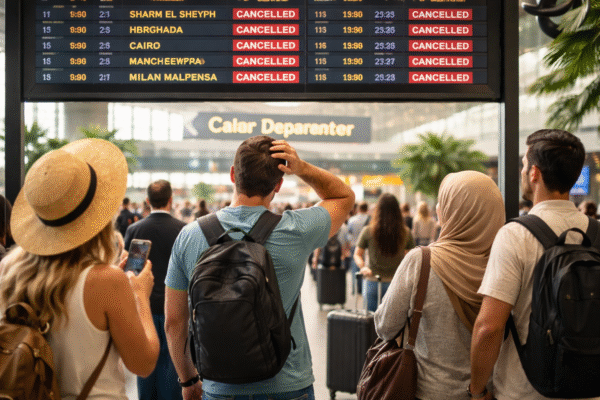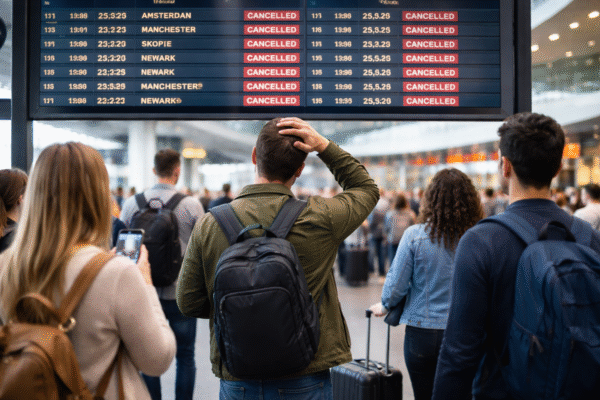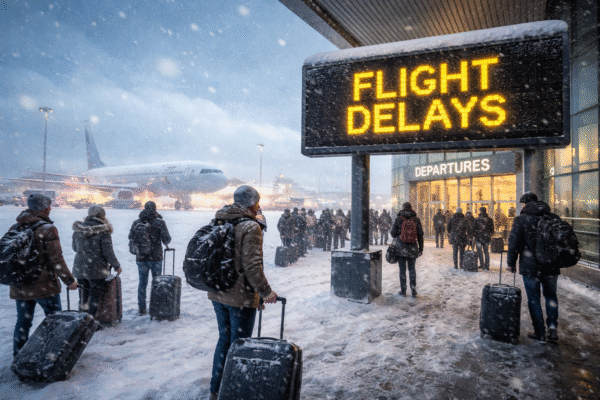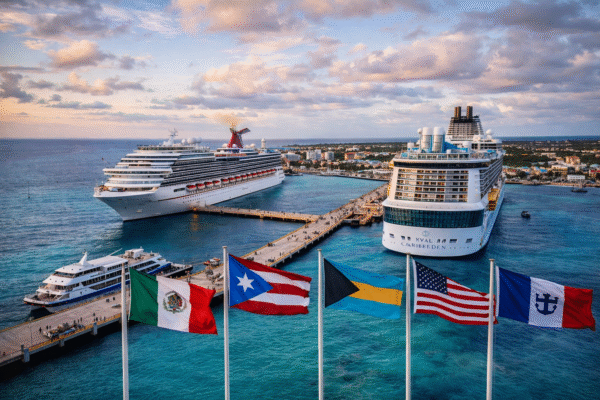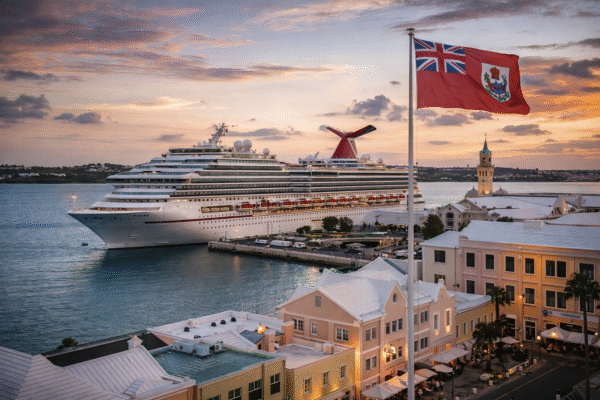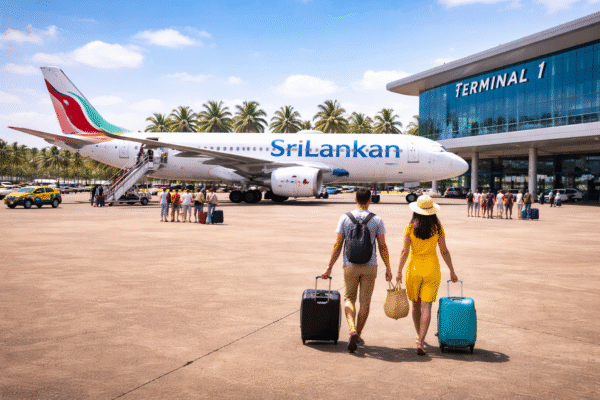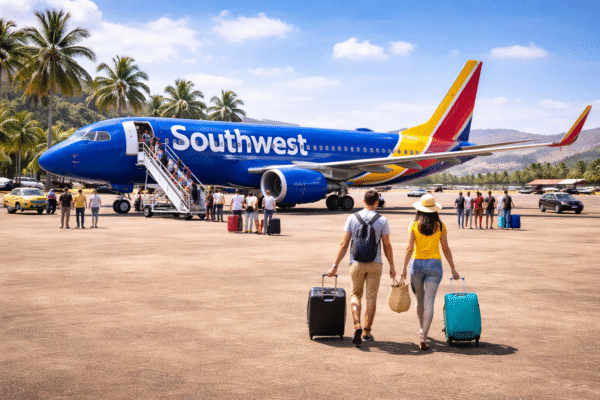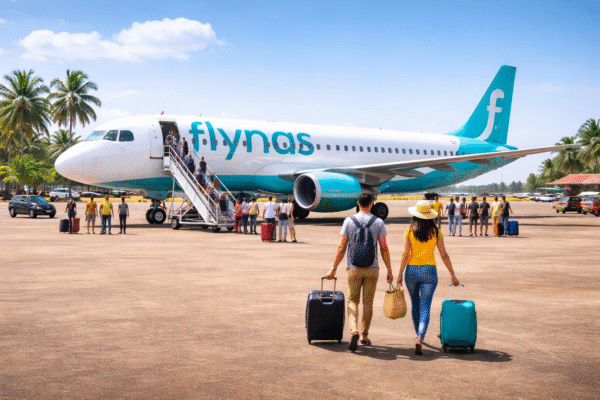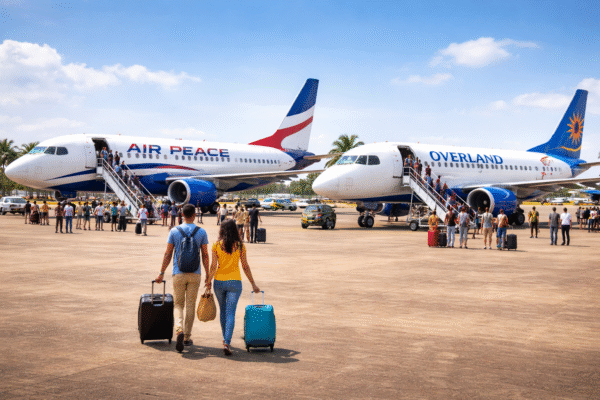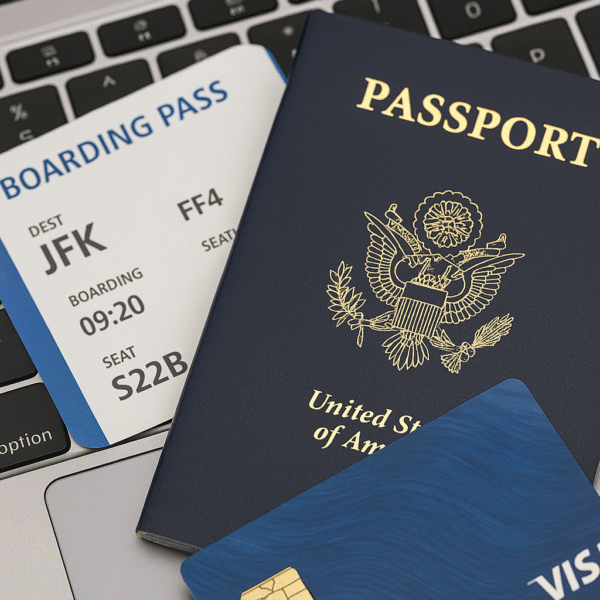The United States has introduced a new travel charge called the visa integrity fee. This fee applies to certain passengers flying into the U.S. who hold specific visa types. It is designed to support visa monitoring, fraud prevention, and document checks.
Why the Fee Exists
According to the Department of Homeland Security (DHS), these activities have often lacked steady funding. The new charge creates a reliable income source without relying on taxpayers. The money will fund biometric entry and exit systems, watchlist checks, and long-term visa compliance monitoring.
Who Will Pay
The fee affects travelers with non-immigrant visas, including:
- B-1/B-2 visitor visas from countries with high overstay rates.
- H-2B seasonal worker visas.
- Certain J-1 exchange visitor categories.
- F-1 and M-1 student visas when travel plans are open-ended or one-way.
Travelers from Visa Waiver Program countries, U.S. citizens, lawful permanent residents, and immigrants are exempt.
How the Fee Works
Airlines will add the fee to tickets for flights starting outside the U.S. and ending at U.S. airports. It will appear as a separate line in the ticket breakdown for clarity. The cost ranges from $20 to $25 per flight segment, depending on visa category.
For example:
- A Mexican traveler on a B-1 visa flying to Dallas pays $20.
- A French student flying to New York with an open-ended return pays $25.
- A Jamaican H-2B worker flying to Miami pays $20 per segment.
Airlines will collect the fee at ticket purchase and send it to DHS.
Impact on Travelers
For most passengers, the extra charge will be small. However, those who travel often—such as students or seasonal workers—may see costs rise over time. A student flying home twice a year could pay $100 to $150 annually. Seasonal workers making multiple trips could also face significant yearly totals.
Multi-leg flights increase costs. If each segment involves a new U.S. entry point, the fee applies again. For instance, a student from India connecting through New York and Chicago to reach a final destination may pay the fee twice on a single journey.
Government Goals
DHS plans to use the revenue to:
- Improve biometric systems at airports.
- Strengthen data-sharing with foreign governments.
- Support visa enforcement teams.
- Maintain systems like the Student and Exchange Visitor Information System (SEVIS).
The government expects the programme to raise $150–$175 million annually, based on current international travel volumes.
Airline Industry Reaction
Airlines have mixed feelings. Some industry groups say the fee adds complexity to ticket pricing and could make fares seem higher. Others point to the extra workload for airlines, especially with code-share flights. There have been suggestions for a central government system to handle fee collection.
Global Context
Visa-related travel charges are not unique to the U.S. Australia has a Passenger Movement Charge for all travelers. The U.K. adds certain costs to visa application fees. Schengen countries charge at the visa application stage. The U.S. approach is different—it ties the cost directly to travel events, creating a steady funding stream.
Traveler Tips
Passengers who must pay the visa integrity fee can take steps to reduce the impact:
- Plan routes to limit the number of U.S. entry points.
- Keep connecting flights outside the U.S. when possible.
- Ask employers or schools if reimbursement is available.
- Keep receipts for travel expense claims.
A Shift in Policy
The visa integrity fee shows a move toward user-funded immigration oversight. Those who require more monitoring help pay for the process. DHS has not ruled out expanding the fee to more categories in the future if the programme proves effective.
For now, the charge is small compared to overall airfare. Yet, it is another factor international travelers must consider when planning trips to the United States.
For more travel news like this, keep reading Global Travel Wire

